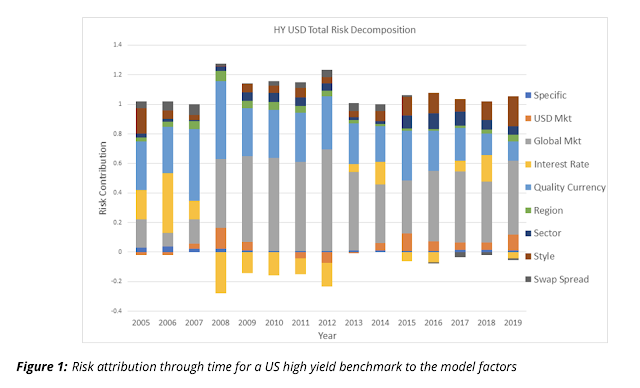What if you had the ability to never forget? You could remember everything that happened to you and everything you have read. You have total recall of all news and investment events. Would you be the world's greatest investor?
There have often been tales of unique people with true outlier skills or abnormalities, these case studies can often be used to help us understand the complexities of our mind. By isolating extremes, we have a better idea of how the mind functions as an integrated system.
There have been cases of people who had varying degrees of perfect memory, but for this post, I would like to play a thought experiment for the case of the perfect memory investor. Assume you had the same analytic skills, but you had the memory of a computer and can pull information forward to use in any assessment. Would you be a better investor?
I asked a few people who are not investors whether they would like the skill of perfect memory. Surprisingly, the view of my small sample was that this would not be good. Their biggest concern is that bad memories would outweigh good memories and cause more sadness than happiness. Most people block the negative and focus on the positive, yet for investors, there is a focus on risk management which requires memories of negative events.
There was also a question of short-term and long-term memories. Some expressed the view that they did not want to remember the distant past and thought there was the potential for too much information clutter. There was a preference for having better memory about more current events. There was also a concern that more memory would make it harder to process all the information.
There have been cases of people who had varying degrees of perfect memory, but for this post, I would like to play a thought experiment for the case of the perfect memory investor. Assume you had the same analytic skills, but you had the memory of a computer and can pull information forward to use in any assessment. Would you be a better investor?
I asked a few people who are not investors whether they would like the skill of perfect memory. Surprisingly, the view of my small sample was that this would not be good. Their biggest concern is that bad memories would outweigh good memories and cause more sadness than happiness. Most people block the negative and focus on the positive, yet for investors, there is a focus on risk management which requires memories of negative events.
There was also a question of short-term and long-term memories. Some expressed the view that they did not want to remember the distant past and thought there was the potential for too much information clutter. There was a preference for having better memory about more current events. There was also a concern that more memory would make it harder to process all the information.
In some sense, the data scientist always is always fighting to add more data, but is there the possibility of too much? Is there a point of data saturation or a tipping point where there is too much information?
Underlying the memory question is your ability to bundle data, find connections, see correlations, condense data. Memory without processing power may be a hinderance. Forget data and events and improve processing may be a more important trade-off. We can go back to the analogy used to explain super-forecasters. It may be better to be a fox over a hedgehog. Finding connections may trump facts and memory.
Underlying the memory question is your ability to bundle data, find connections, see correlations, condense data. Memory without processing power may be a hinderance. Forget data and events and improve processing may be a more important trade-off. We can go back to the analogy used to explain super-forecasters. It may be better to be a fox over a hedgehog. Finding connections may trump facts and memory.



































